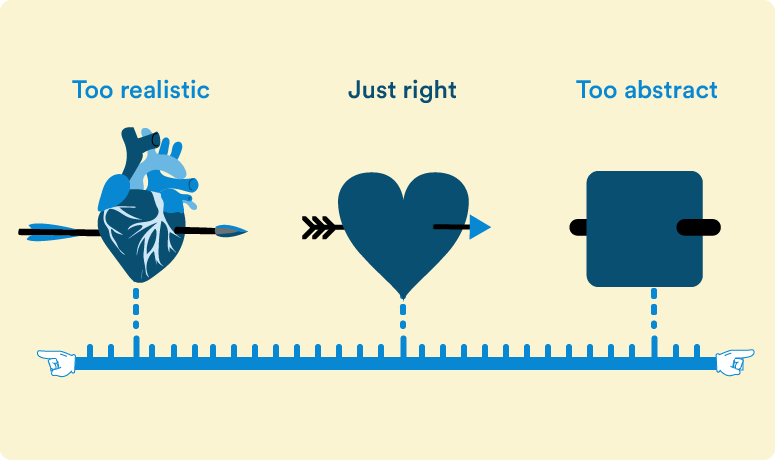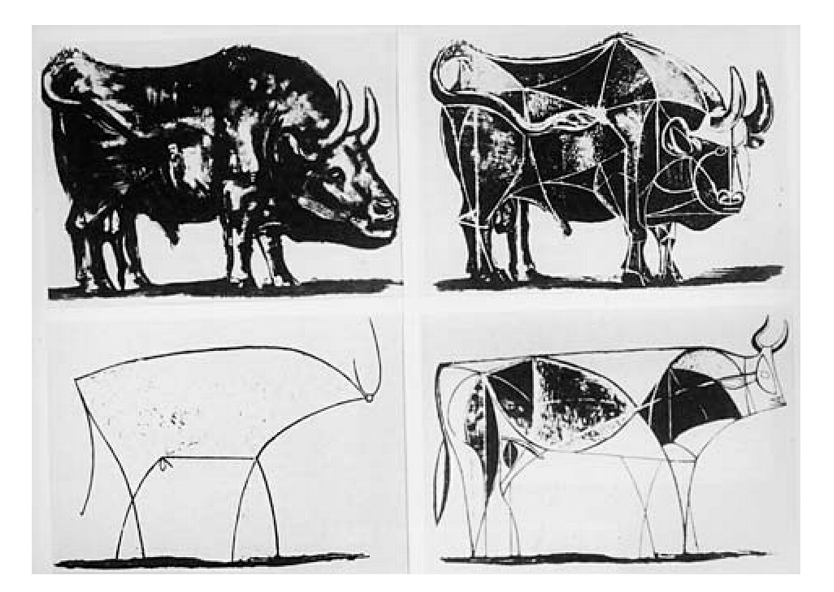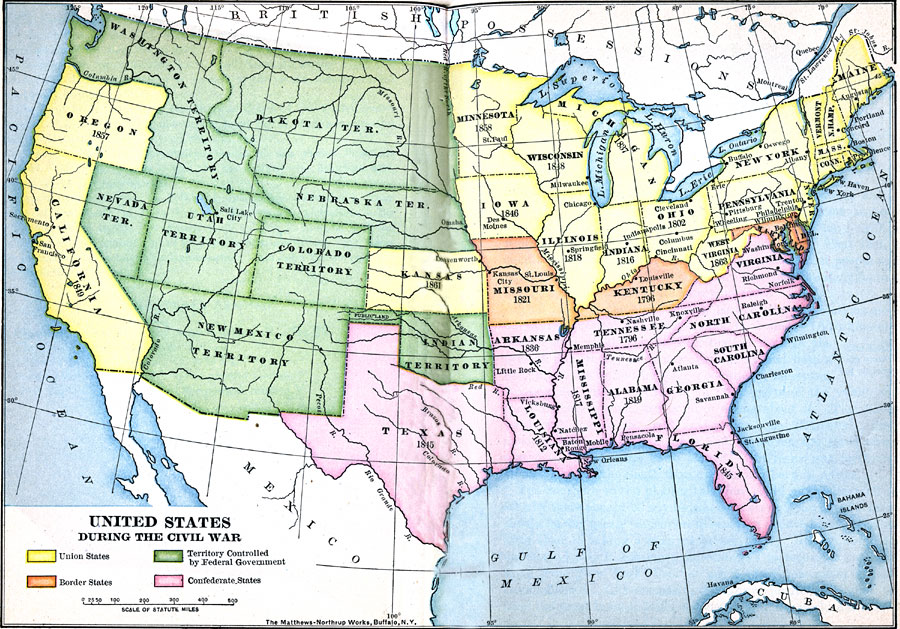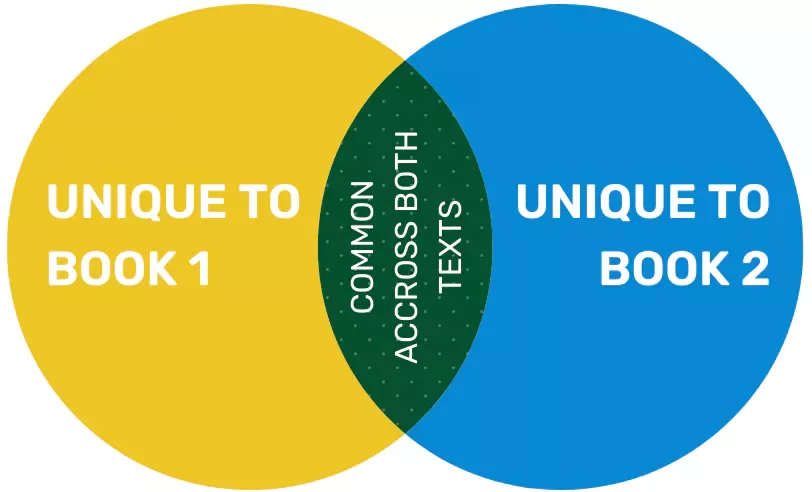Abstraction 1: Intro to Abstraction
< Back to Building Block
Abstraction is something you do every day to make thinking easier. We can’t focus on all the information at once, so we choose which details to focus on and ignore the rest.
Teachers use abstraction when they create a lesson plan. Instead of listing every word they will say or how they will act at every minute, a lesson plan contains an outline with the important information teachers need without being overwhelmed with too many resources.
Abstraction can mean different things depending on how the concept is applied, which is why even the word itself is so abstract. In this project, we'll look at abstraction from a few different angles in order to clarify what abstraction is.
A Definition
Abstraction at its core is the concept of isolating key details while ignoring the remaining elements of a given idea. The key to using abstractions is to identify those important details. Generally speaking, the details that need to be highlighted will be the ones that are relevant to those using the abstraction.
What is the purpose of this exercise?
Developing a system for abstraction allows a learner to focus on elements of a larger idea that are most relevant to the learning objectives of any lesson. Teaching students to abstract the key concepts from a broader context can help them to focus on a subset of ideas that may hold larger relevance to the domain they are working within. Thinking abstractly however is a challenging skill. In this activity, you will explore several examples and scenarios for how this way of thinking can be taught to students.

Let’s imagine a real-life scenario where abstraction is taking place.
Yesterday, a friend invited you to go see a movie with them. You agreed on a location and time. However, this morning you slept late, so you send them a text, “Meet you there. I just need to get dressed.”
Your friend knows what you mean by “there” since the location was confirmed previously and they know what you mean by “get dressed.” But they don’t know all the details, like what shirt you’ll put on.
Now think about the details of everything you did to get dressed today: deciding what to wear, getting clothes out of a dresser or a closet, putting on each piece of clothing.
The words “get dressed” seem so simple, but in this case, it is an appropriate amount of abstraction to give your friend.
You could have sent a long text describing all the details of getting dressed but that would be too much information for your friend. Or you could have sent a text that said “going to be late” but that would be too abstract since your friend wouldn’t be able to estimate how late you will be.
Using a phrase like “get dressed” gives us a way to talk and think about the process of getting dressed without needing to think about every specific detail.
The idea of taking something complex and defining a simpler way to refer to it is called abstraction.
Reflection
Let’s imagine another scenario. You are taking lunch orders for 3 of your friends. You ask them “What type of sandwich do you want?” Provide an example of a response that is too abstract, just the right amount of abstract, and one that is not abstract enough.

In order to successfully work in a team, some level of abstraction is needed.
For instance, three friends are making a cake, Aman is in charge of baking the cake, Carlos is in charge of frosting the cake, and Kelly will be in charge of decorating/writing the birthday wish or holiday greeting on the cake. These three tasks are abstractions; baking the cake, frosting the cake, and decorating the cake. We don't need to know all of the steps that each team member is going to follow to complete their task but we are able to use an abstraction by identifying the key activity that each person will perform without discussing the algorithm they each will follow to complete their task. That is up for each team member to decide themselves
When writing recipes, you also use abstraction. You provide a list of ingredients and the basic steps to combine and cook the ingredients. You don’t include other aspects of cooking, such as going to the grocery store and buying the ingredients or, how to use the stovetop and how it produces heat, even though those are essential for cooking. The recipe can be considered an abstraction since it ignores those details.

The most common connection that people make when thinking about abstraction is to the world of abstract art. In abstract art, the artist highlights certain features of an object while leaving the rest of it out. The viewer is then left to use their interpretative skills to envision what the artist intended. The Bull by Pablo Picasso (1946) shows the different phases of a bull with different abstractions. As Dr. Robert Root-Bernstein described in a review of the art, "the essence of the bull for Picasso was not in the size or shape, rather a very simple feature, such as the horns."

Mapping is an excellent example of abstraction. For instance, when studying the Civil War a teacher could ask three groups of students (Groups A, B, and C) to create different maps that highlight specific aspects of the war.
Group A may study the Civil War by emphasizing the politics of which states were Union and which states were Confederate on their map.
Group B might highlight transportation routes and large cities, indicating the economic differences between the Union and the Confederacy.
Group C could mark down important battles, allowing for analysis of the military campaigns.
Each map represents the CT concept of abstraction for a different purpose. By focusing on one aspect, students can develop a deep understanding of the war through a political, economic, or military lens.
This example activity supports standard D2.Geo.1.6-8. from the C3 Framework:
Construct maps to represent and explain the spatial patterns of cultural and environmental characteristics. Guven and Gulbahar suggest that by approaching topics using abstraction “such activities may help to reduce students’ perceived complexity of the topic” (2020, p. 6).

Abstraction, at its core, is the concept of isolating key details while ignoring the remaining elements of a given idea. In English Language Arts, this could mean using decomposition to identify parts of a text, creating generalization to compare texts, creating models that demonstrate theories about a text, and understanding how digital interfaces use abstraction and the impact that has on the user.
Examples of how abstraction may appear for different people in an ELA profession:
- Speechwriters will use decomposition to identify key elements of their audience to design appealing language and persuasive techniques in order to create a powerful speech.
- Readers might use decomposition to defend inferences one makes of a passage.
- Writers will use generalization to identify structures of writing that match their intent: expository writing has a certain structure while allegorical writing might have another type of structure. Being able to make these generalizations helps a reader understand the text more deeply and helps a writer create masterful writing.
Students in an ELA classroom are often tasked to compare and contrast two texts by the same author. Consider how a student's ability to abstract information plays a role in this activity?
In order to compare and contrast two texts by the same author, a student must not only consider the plot of each book. They must be able to isolate what is unique about this author compared to others and how each text is representative of that author's style while standing out as different from each other.
At some point, you may have noticed your students’ inability to abstract a task which led to them struggling to work in a team or complete a project. Perhaps you saw this happening but didn’t know exactly how to pinpoint the issue. Using your knowledge of abstraction and how it relates to student success across subjects, consider how you will incorporate this learning into your instruction.
Reflection
☞ If you notice your students are struggling to work together as a team, how could you incorporate a lesson on abstraction to help them move forward?
☞ Provide a specific example of how you already see abstraction playing a role in your subject area. If no example comes to mind, how could you include the topic of abstraction during the next topic you will teach?
